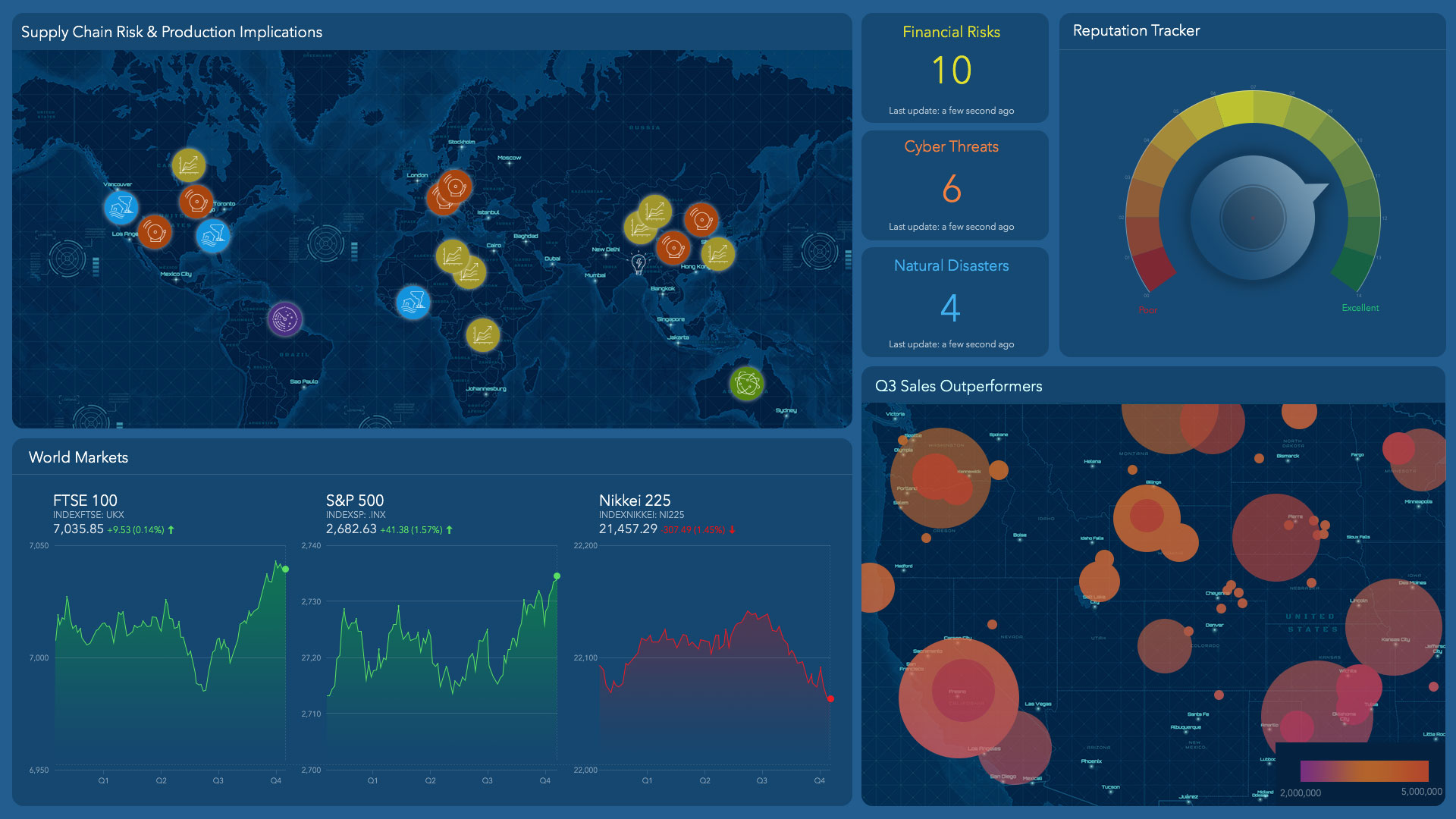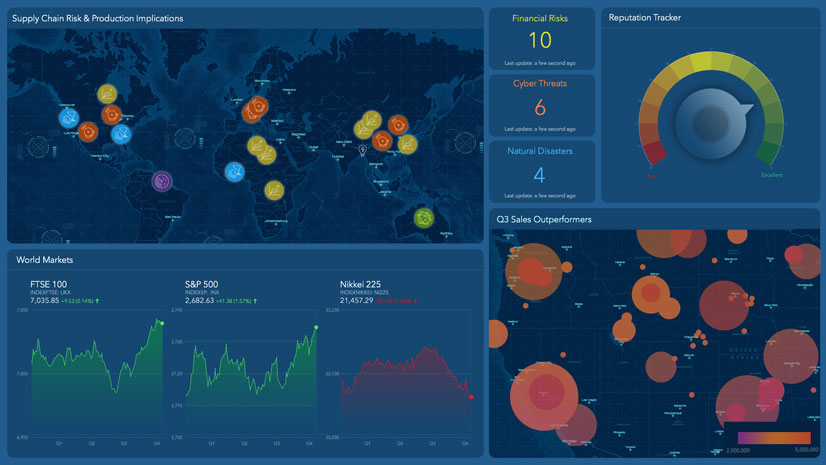CIOs are prioritizing strategic partnerships with line of business (LOB) leaders this year, according to the Foundry’s State of the CIO Study 2024. This continues a developing trend: As the market for business technology has become increasingly saturated, CIOs have been leaning in to guide purchases and implementations, ensuring business units get the tools they need without bloating the organization’s tech stack.
As budget growth slows and the calls to adopt big-ticket tools like AI increase, tech leaders are more motivated than ever to manage limited funding, staff, and cloud infrastructure. CIOs are showing a preference for consolidated, configurable software systems over disparate point solutions, according to a recent Wall Street Journal article.
In this climate, executives are increasingly looking for an enterprise-grade multitool—one that can help overcome business challenges in many departments. The ideal system needs to connect to enterprise data sources like CRM and ERP, and serve that data to end users through accessible analytics tools and automated dashboards.
One type of enterprise software that fits this description is already in many a CIO’s tech stack: geographic information system (GIS) technology. With its ability to unite IT and LOB priorities, enterprise GIS can be a springboard for strategic partnerships and innovation.
Enterprise GIS for the Modern CIO
As sensors, mobile devices, and satellite imagery have proliferated, location information has quietly become critical to many industries and LOBs. Construction project managers have digitized site reports. Marketing executives geotarget advertising. Supply chain managers reroute shipments quickly when disruptions occur.
These functions often start with information on where assets and customers are located. But such data tends to be siloed in EAM, CRM, or ERP systems and can’t easily be connected and analyzed.
Top CIOs have overseen implementations that connect GIS to these enterprise systems to tap multiple data sources, delivering insightful analytics and visualizations across the enterprise.
The CIO of one natural gas company led a GIS-based overhaul that empowered IT professionals to become strategic partners to the C-suite and LOBs. GIS provided executives with real-time visibility after a tornado strike, equipped work crews with mobile apps to access repair details from any location, and improved the speed and accuracy of market assessments through smart maps. From maintenance to marketing to sales, decision-makers across the enterprise relied on one system for the data and insight they needed.
Setting CIOs and IT up for Strategic Success
With enterprise GIS, CIOs deliver technology tailored to a business unit’s workflows while gaining a centralized system for managing location information and a way to satisfy business needs without purchasing new point solutions.
Looking ahead, CIOs plan not only to increase their strategic role across the enterprise, but also to become more involved in redesigning business processes, according to the Foundry study. GIS, with its diverse applications and high configurability, can be an ally in realizing these goals and supporting the ever-evolving needs of business units.











